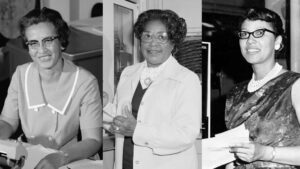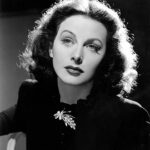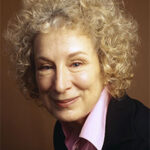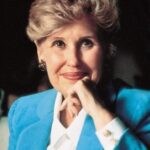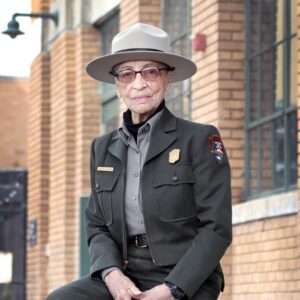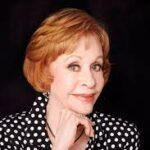Extraordinary
|
Body LanguageI recently had a conversation with someone who said using body language to express the emotions of a character was lost on them. Really? Wow! “So,” I said, “if I made a fist and extended my arm in the direction of your face you would not know what was coming or how I was feeling?” The response was, “Well, you might be mad and going to hit me.” Like, hello! Body language. What brought the discussion on was I’d put a book down in frustration because the author had the characters do something and then interpreted that action. For example – she slammed the door then said, she was angry. In the context of the rest of the paragraph I understood she was angry when she slammed the door. Like my friend, when you see a fist coming your direction you figure you are going to be hit. The owner of said fist doesn’t need to accompany the action with a verbal warning. Same thing when you write. There is an instinctual understanding of body language. I call it lizard brain instinct. As mystery and suspense authors how do you show a character is the bad guy without coming out and saying it? I use inappropriate eye contact, as in glaring and holding contact to long, a dismissive glance, no eye contact at all, a predatory up and down look that makes you feel like you are on the menu. My bad people laugh at the suffering of others and are almost always space invaders. That is, people who constantly stand to close forcing others to back up. I also use inappropriate touching. I mean if a woman just met a man five minutes ago and out of the blue, he slips an arm around her waist and pulls them together. For me that’s a strong ewww factor. Does it hit you wrong also, or do you need to be told why it’s inappropriate? What do you get from these situations?
What I see.
So, tell me what you see in these situations. Do you like subtle body language in the books you read? Do you use it in your writing?
|

 |
|||||

